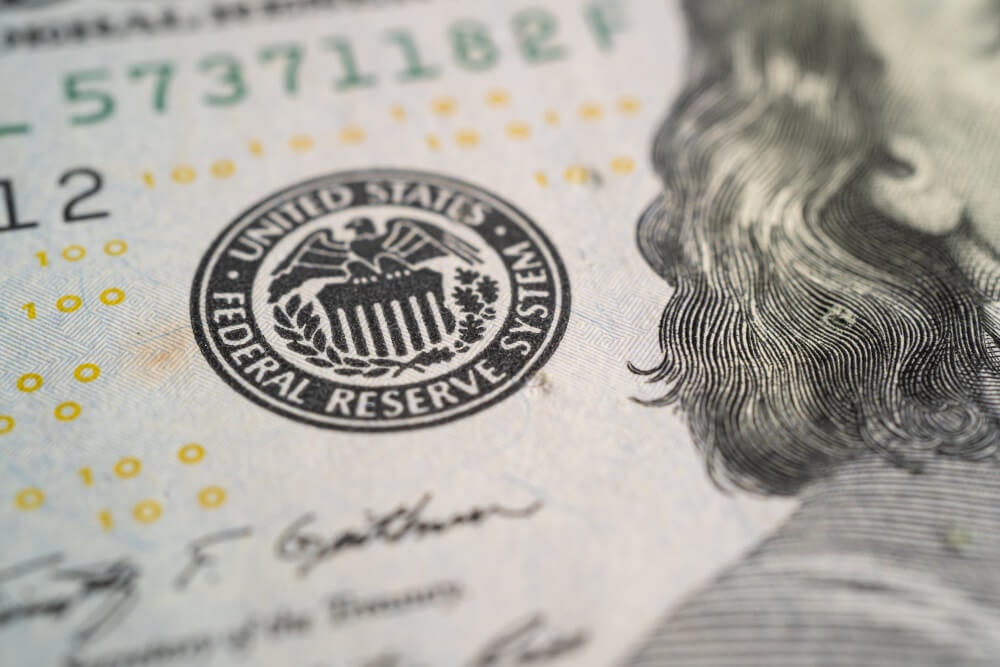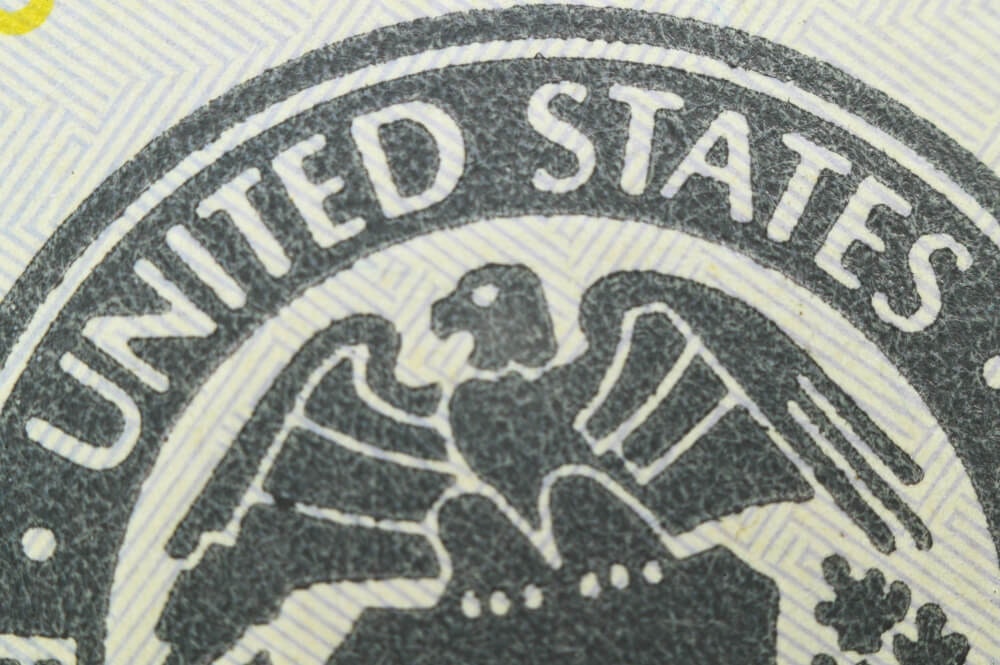Nick Goold
The Federal Reserve System, also known as the "Fed," is the central banking system of the United States. It was established in 1913 to provide the country with a stable and flexible monetary and financial system. The Federal Reserve comprises twelve regional banks and a Board of Governors in Washington, DC.
The Board of Governors comprises seven members appointed by the President of the United States and confirmed by the Senate. The Board oversees the operations of the twelve regional banks and is responsible for setting monetary policy.
The Federal Reserve's responsibilities
Conducting monetary policy
The Fed's primary responsibility is to manage the nation's money supply and interest rates to achieve maximum employment, stable prices, and moderate long-term interest rates.
Supervising and regulating banks
The Fed supervises and regulates banks to ensure the safety and soundness of the banking system.
Providing financial services
The Fed provides financial services to the US government, banks, and foreign central banks.
Monetary Policy
The Federal Reserve's monetary policy framework is based on a dual mandate from Congress, which requires the Fed to pursue maximum employment and stable prices. Accordingly, the Fed uses various tools to achieve its monetary policy objectives, including setting the federal funds rate, conducting open market operations, and adjusting reserve requirements.
The Federal Reserve makes announcements about its monetary policy decisions through the Federal Open Market Committee (FOMC). The FOMC meets eight times a year to assess the state of the economy and make decisions about interest rates and other monetary policy measures. After each meeting, the FOMC issues a statement explaining what it decides and thinks about the economy and future policy actions.
The Federal Reserve controls short-term interest rates by setting the federal funds rate, which is the interest rate at which banks lend and borrow money from each other overnight. The Fed uses its open market operations to influence the federal funds rate by buying or selling government securities in the open market. If the Fed wants to lower interest rates, it will purchase government securities, which injects money into the banking system and reduces the federal funds rate. Conversely, if the Fed wants to raise interest rates, it will sell government securities, which drains money from the banking system and increases the federal funds rate.

Important Indicators
The Federal Reserve looks at a wide range of economic data and indicators to help it make decisions about monetary policy. Here are some of the key indicators that the Fed pays attention to:
Inflation
The Fed closely monitors inflation, as one of its primary mandates is maintaining price stability. The Fed typically aims for an inflation rate of 2% over the long run, and it may adjust interest rates to help keep inflation under control.
Employment
The Fed also pays close attention to employment data, as part of its mandate is to promote maximum employment. As a result, the Fed may adjust interest rates to help stimulate job growth or prevent overheating in the labor market.
Gross Domestic Product (GDP)
The Fed closely monitors GDP, which measures the economy's total output of goods and services. Then, the Fed may adjust interest rates to help stimulate economic growth or prevent the economy from overheating.
Consumer spending
Consumer spending is a critical driver of economic growth. Therefore, the Fed pays close attention to retail sales and personal income indicators to gauge consumer confidence and spending habits.
Financial markets
The Fed also watches financial markets closely, including stock and bond markets, as fluctuations in these markets can have ripple effects on the broader economy.
Global economic conditions
Finally, the Fed considers global economic conditions and events, such as changes in international trade policy or global financial crises, as these can impact the US economy and financial markets.
Generally, the Fed makes decisions about monetary policy based on a wide range of economic indicators. By monitoring these indicators, the Fed aims to promote its dual mandate of price stability and maximum employment while promoting sustainable economic growth over the long run.

Monetary Policy Announcements & FX Markets
Announcements of changes in monetary policy, interest rates, and other announcements by the Federal Reserve can significantly impact the US dollar and the foreign exchange (FX) markets. Here are some of the ways that these announcements can affect the currency markets:
Interest rate changes
When the Federal Reserve changes interest rates, it can cause the value of the US dollar to rise or fall. A higher interest rate can make the US dollar more attractive to foreign investors, increasing demand and the currency's value. Conversely, a lower interest rate can make the US dollar less attractive to foreign investors, leading to a decrease in demand and a fall in the currency's value.
Forward guidance
The Federal Reserve also provides forward guidance, which is an indication of its future policy intentions. For example, if the Fed suggests that it will raise interest rates in the future, it can cause the US dollar to strengthen as investors anticipate higher returns on their investments. Conversely, if the Fed suggests keeping interest rates low for an extended period, it can cause the US dollar to weaken as investors seek higher returns elsewhere.
Asset purchases
The Federal Reserve's asset purchase programs, also known as quantitative easing (QE), can also affect the value of the US dollar. When the Fed purchases large amounts of assets, it injects money into the economy, which can lead to inflation. As a result, QE can cause the US dollar to weaken as investors seek other currencies less affected by inflation.
Economic data
Finally, economic data releases can also impact the US dollar and the FX markets. Positive economic data, such as strong GDP growth or low unemployment, can cause the US dollar to strengthen as investors see the US economy as attractive. Conversely, negative economic data, such as high inflation or a weak labor market, can cause the US dollar to weaken as investors seek other, more stable currencies.
Overall, the US dollar and the foreign exchange (FX) markets are susceptible to changes in monetary policy, interest rates, economic data, and news about them. Accordingly, investors and traders closely monitor these events and change their positions as needed.

